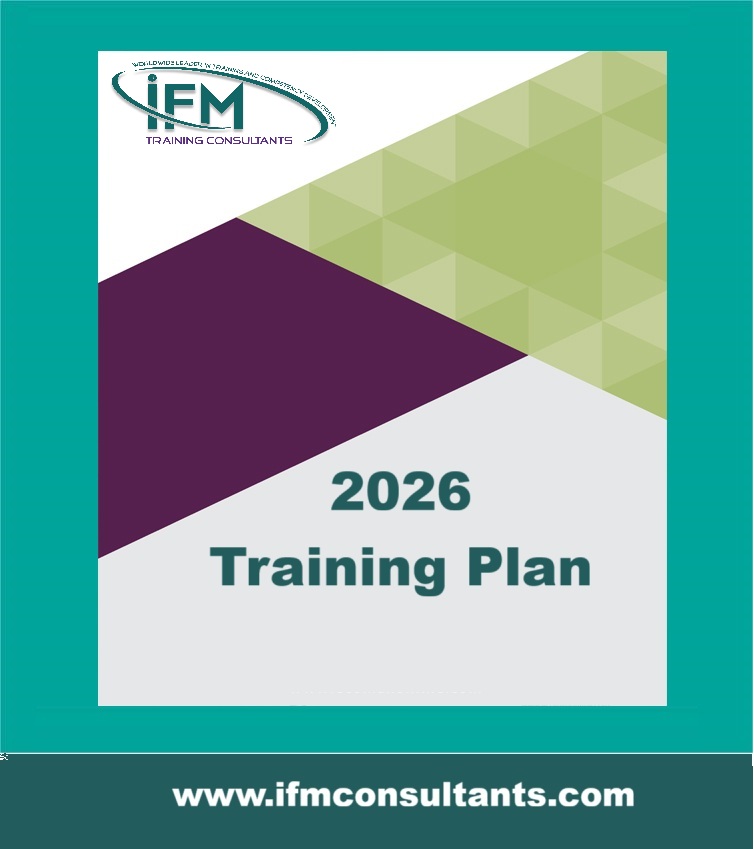Piping Vibration Analysis and Practical Engineering Solutions in Process Plants
| Start Date | End Date | Venue | Fees (US $) | ||
|---|---|---|---|---|---|
| Piping Vibration Analysis and Practical Engineering Solutions in Process Plants | 09 Nov 2025 | 13 Nov 2025 | Riyadh, KSA | $ 3,900 | Register |

Piping Vibration Analysis and Practical Engineering Solutions in Process Plants
| Start Date | End Date | Venue | Fees (US $) | |
|---|---|---|---|---|
| Piping Vibration Analysis and Practical Engineering Solutions in Process Plants | 09 Nov 2025 | 13 Nov 2025 | Riyadh, KSA | $ 3,900 |
Introduction
This course focuses primarily on structural vibration, merging failure analysis, analytical and test solutions as follows: Primary Objective: Provide an integral, analytical/test approach to solving field vibration problems with an emphasis on piping vibration issues. Secondary Objective: Provide a common language that supports a clear understanding for both the analyst and the test engineer of what each needs to solve vibration problems.
Objectives
This course provides a thorough review of a wide variety of causes of process plant piping vibration from the point of view of an engineer that must identify the cause of vibration, determine if the vibration is excessive, and correct the problem if it is. It provides a background on fundamental causes of piping vibration and how to identify the source of vibration, rules of thumb and simplified methods for evaluating vibration severity, and methods of treatment. A wide variety of causes of vibration are covered in order to enable the participant to properly evaluate the variety of piping vibration problems that can occur in piping systems.
The causes of vibration, where possible, are discussed with respect to very basic energy and momentum principles that enable the participant to understand what is happening within and to the piping system. Screening and simple vibration limits are provided. Many actual examples of typical plant piping vibration problems that the instructor has solved in the energy industry are reviewed to illustrate the concepts covered. In addition, participants are encouraged to bring examples of troublesome vibration problems they have experienced or are experiencing in their plants for class discussion.
Training Methodology
This is an interactive course. There will be open question and answer sessions, regular group exercises and activities, videos, case studies and presentations on best practice and the fundamentals of shutdown and turnaround management. Participants will have the opportunity to share with the facilitator and other participants on what works well and not so well for them, as well as work on issues from their own organizations.
Who Should Attend?
- This course is directed towards engineers responsible for operating piping systems. However,
- Designers of new piping systems will also find the broad coverage of potential vibration
- Problems a time-saving briefing on the variety of vibration problems that can occur in piping systems.
Course Outline
1. Introduction
Course objectives and course overview; General vibration facts and plant vibration issues
2. Optimum Vibration Problem Resolution Strategy
Root cause determination approach; Integration of analysis and test
3. Basic Vibration Theory
Terminology: sine waves, amplitude, frequency, phase.
Single DOF Parameters: stiffness, damping, and mass, Governing EOM
Multi degree-of-freedom system characteristics: mode shape and frequency
4. Vibration Test Fundamentals
Test specifications: frequency range, measured parameters, sensor locations, sensor types
Instrumentation concerns: linearity, range, bandwidth, installation, uncertainty analysis
Data acquisition: digital vs. analog. Digital DAQ issues: amplitude resolution and aliasing.
5. Signal Processing
FFTs, windowing, filtering, digital integration, averaging, overlap, order tracking
6. Data Analysis Techniques
Data analysis: time history, frequency spectrum; Data statistics: peak, peak-to-peak, RMS
7. Vibration Causes and Data Interpretation
Imbalance: static, dynamic; Misalignment: parallel and angular; Bent or bowed shaft
Resonance and Critical speed; Damaged bearings; Gear problems; Fluid induced vibration
8. Case Studies
Case studies are presented that illustrate the application of the course information. In addition, students are encouraged to present current plant problems for the class to work on.

















